Let’s Get Started
The establishment of a new company in SAP Business One, proceeds in two major steps, and there’s no other software we have to deal with this (DTW or SSMS):
- Before establishing the new company and its database
from Administration > Choose Company > New > New Using Wizard.
- After establishing the new company and its database
from Administration > System Initialization > Implementation Center > Implementation Tasks > Configure Company Settings.
Note: The Express Wizard covers the most common settings needed for a new company.
However, you may still need to access the Administration menus to complete the settings.
Before Establishing the New Company and Its Database
Open the Choose Company window to start creating the new company
from Administration > Choose Company > New > New Using Wizard.
Enter the Site User Credentials (Site User ID, Site Password) to open the Express Configuration Wizard.
Now the Express Configuration Wizard will be opened to start the establishment process
Company Details
License/Trial version
We have a 31-day trial version if you want to work without installing a license.
Copy user-defined fields, tables, and objects
You can choose to copy the user-defined fields, tables, and objects from your existing company to the new company.
Local settings
Since you can’t change the Localization after the company has been created, for this step you must be careful.
Chart of accounts
SAP Business One is supplied with a Chart of Account Templates for a selected localization. If you choose the “template” option, a default chart of accounts will be created automatically based on the localization, but you can edit these accounts as desired. Alternatively, you can choose the option “User-defined”. Only the top-level drawers are provided in a user-defined chart of accounts, allowing you to manually add accounts to the drawers.
Note: You can’t change the Chart of Accounts option after you’ve made a transaction in the new database.
The base language
For the User Interface, you can select the Base Language which can be changed at any time. It can also be changed for any user.
Posting periods
Finally, you must define the Initial Posting periods for the first fiscal year.
If you want to import or post journal entries or transactions for previous years that came before the fiscal year, once you’ve defined the initial period for the current year you can’t add posting periods for previous years.
“Manager” user
When you create a new company, the “manage” user is created by default. You can set up its password after your first log into the new company.
After that you must accept the End User License Agreement (EULA) before using the SAP Business One.
You must also enter the NAME and JOB TITLE for the one who worked on the establishment process of the new company on the SAP Business One, then check the box that indicates your acknowledgement of the EULA, and finally hit the “I Accept” button.
Now, you’re all set for the pre-establishment step. Now you’ll continue through the Express Configuration Wizard through the Administration model of the SAP default models.
After Establishing the New Company and Its Database
Open the Express Configuration Wizard from Administration > System Initialization > Implementation Center > Implementation Tasks > Configure Company Settings.
Then you must choose the first option: Configure Company Settings
Now you’re in the Express Configuration Wizard and ready to dig in!
Note: Settings marked with exclamation mark(!) can be changed only before the first transaction (Journal Entry or Inventory Transaction) is executed or before a G/L account or master data is defined.
Company Details
First in the Company Details you must check the accuracy of the information that you’ve previously entered and fill in any empty gaps you may desire.
If you don’t use one or more of the functions listed on the left side, you can simply check its box to avoid its appearance in the main models.
If you use all of them, you don’t have to check anything, just click the Next button.
Accounting
Defining Currencies and Exchange Rate Postings
There are several screens for setting up accounting options, including Local and System currencies, the default account currency, and currency exchange rates.
The equivalent configuration menu is Administration > System Initialization > Company Details – Basic Initialization tab.
Defining the Chart of Accounts
You have the option to select a different chart of accounts template, but you cannot change the template after postings have been made.
You can enable the use of segmented accounts as available in the localization.
Administration > System Initialization > Company Details – Basic Initialization tab.
Determining G/L Accounts, Taxes, and Fixed Assets
In the accounting setup step, you can also:
- Add accounts to the chart of accounts. Financials > Chart of Accounts.
- Select accounts for the G/L account determination. If you choose Chart of Accounts as “user-defined”, you need to select the default accounts.
Administration > Setup > Financials > G/L Account Determination.
Set up tax-related information.
Administration > Setup > Financials > Tax. - Enable the use of fixed assets and other functions, depending on localization.
If you enabled fixed assets, you will have the option to define depreciation types, areas, and asset classes.
Defining Fixed Asset Settings
Specify the Accounts, Depreciation Types, and Classes.
Defining the Inventory System
You can enable and set up information for perpetual inventory such as a default valuation method.
From Administration > System Initialization > Company details Basic Initialization tab.
Here you can also define warehouses and indicate the default warehouse.
Banking
You can do this from Administration > Setup > Banking.
The banks table holds the country codes and bank codes for the bank that the company deals with.
The house banks table holds bank and branch information for the bank codes defined in the banks table.
Business Partners
The business partners step allows you to define default payment terms and payment methods, dunning terms, and groups for business partners.
The equivalent configuration menus are Administration > General Settings – BP tab and Administration > Setup > Business Partners.
Inventory
In the inventory step, you can define:
- Units of measure and units of measure groups.
- Item groups and inventory cycles.
The equivalent configuration screens are found under the menu Administration > Setup > Inventory. - New Price Lists and item prices in a price list (assuming items exist in the new company).
- This is equivalent to menu Inventory > Price Lists.
- Bin Locations in warehouses.
Purchasing and Sales
In the sales and purchasing step, you can configure common settings for sales and purchasing documents:
- General and per document type settings.
The configuration menu Administration > System Initialization > Document Settings.
- Global checkboxes for “Permit More than One Document Type per Series”and “Manage Freight in Documents.”
- How decimal places are displayed in documents.
The configuration menu Administration > System Initialization > General Settings – Display tab.
- Document numbering series for each document type.
The configuration menu is Administration > System Initialization > Document Numbering.
You can set the way gross profit is calculated in documents. You can also set up landed costs allocations for purchasing and identify stages to define the company’s sales process.
The equivalent menus are Administration > Setup > Purchasing > Landed Costs, and Administration >Setup > Sales Opportunities.
You can select fields from documents as reference fields for journal entries.
The equivalent menu is Administration > Setup > General > Reference Field Links.
Users
In the users’ step, you can define user accounts and designate employees as sales employees or buyers.
This is equivalent to the administration menus Administration > Setup > General > Users and
Administration > Setup > General > Sales Employees/Buyers.
You can assign user licenses to user accounts –
equivalent to the administration menu Administration > License > License Administration.
You can grant general authorizations to users –
equivalent to the administration menu Administration > System Initialization > Authorizations.
You can create master data for the company’s employees – equivalent to the menu: Human Resources > Employee Master Data. Employee master data is required to set up data ownership authorizations.
Finishing the Process
General Settings
To complete the configuration, you can set General Settings. These settings cover a wide range of defaults and initialization parameters for different areas.
Choose Administration > System Initialization > General Settings and select the required tab. Note that some vocalizations may have additional tabs in the General Settings.
Irreversible Settings
- Chart of Accounts Template
- Local and System Currencies
- Display Credit Balance with Negative Sign
- Use Segmentation Accounts (Selected Localizations)
- Use Perpetual Inventory
- Manage Item Cost Per Warehouse
- Use Purchase Accounts Posting System
- Permit More Than One Document Type Per Series
- Manage Freight-In Documents
These settings are grayed-out in the wizard and cannot be changed after transactions are posted.
Best Regards.
KENAN JADDENY
Source:https://blogs.sap.com/2017/11/10/how-to-create-a-new-company-database-in-sap-business-one/


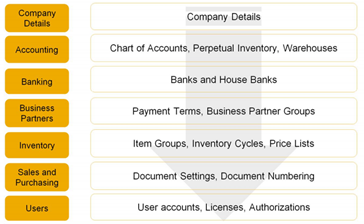
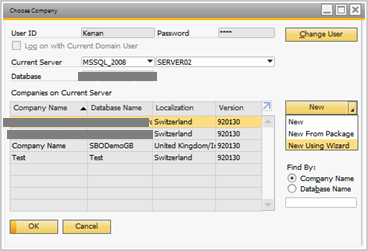
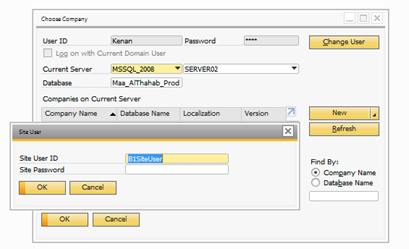
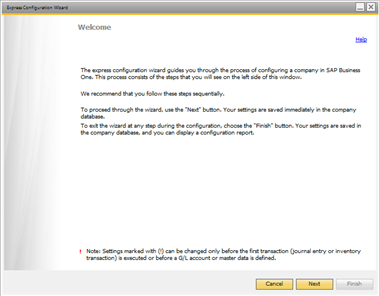
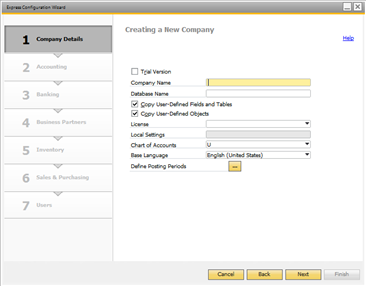
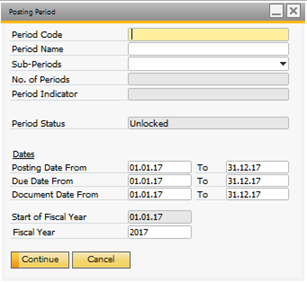
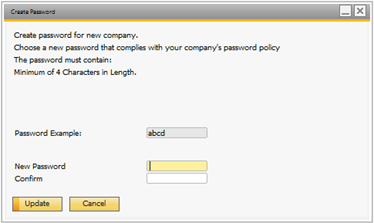
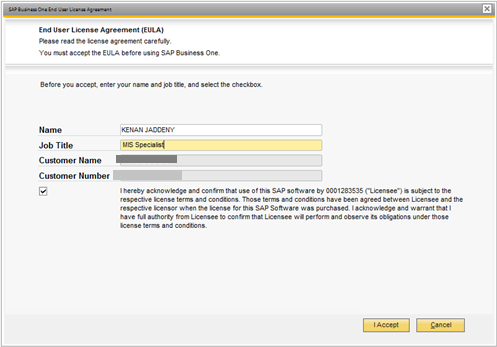
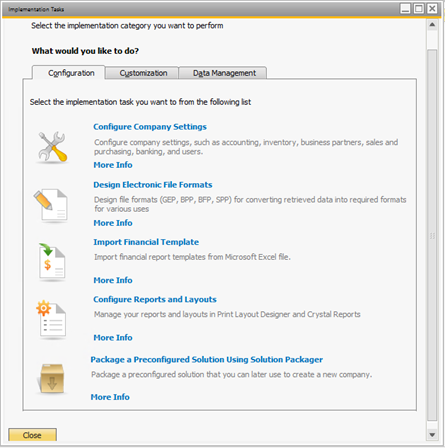
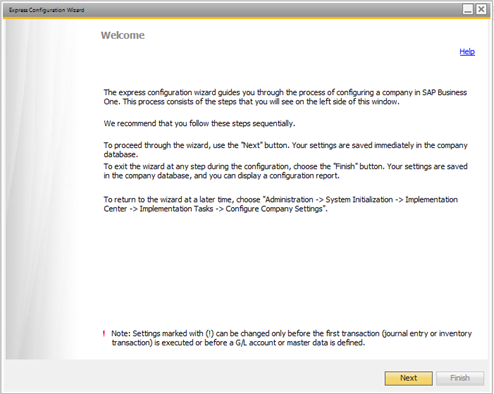
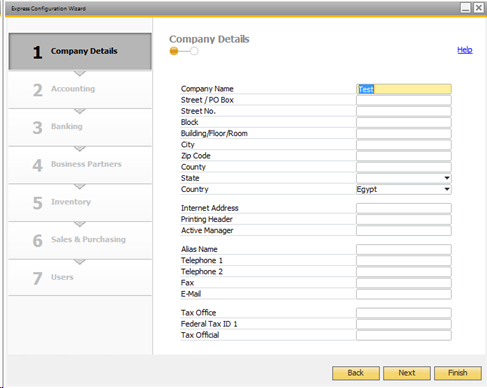
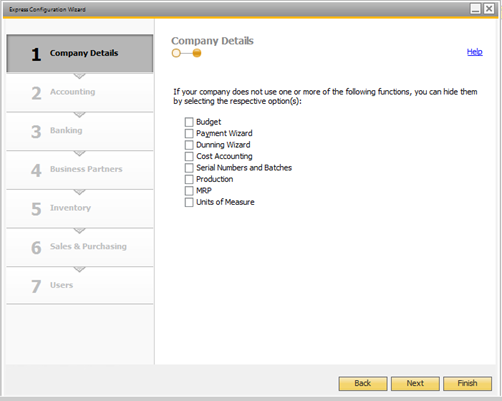
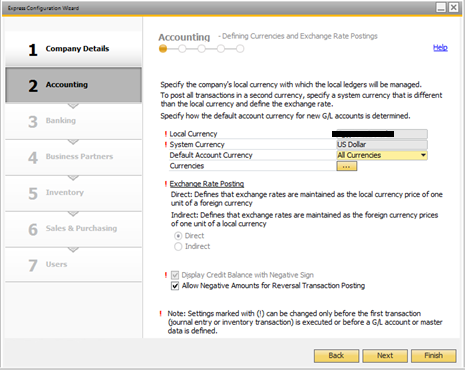
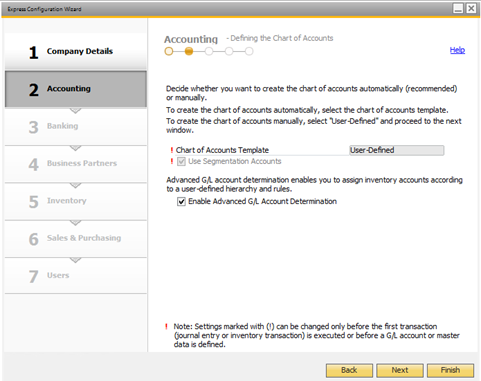
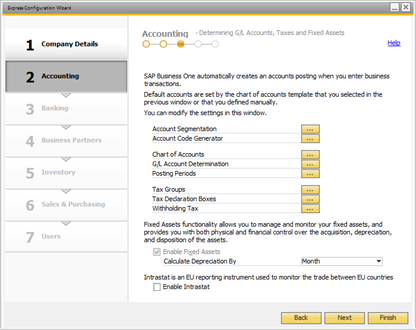
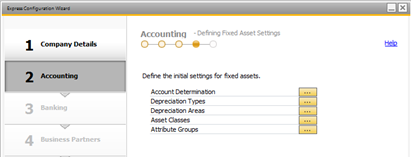
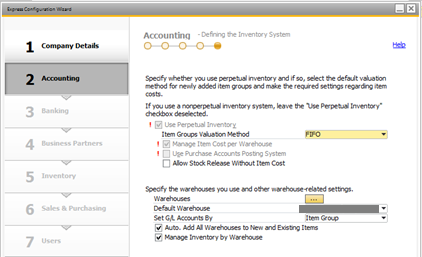
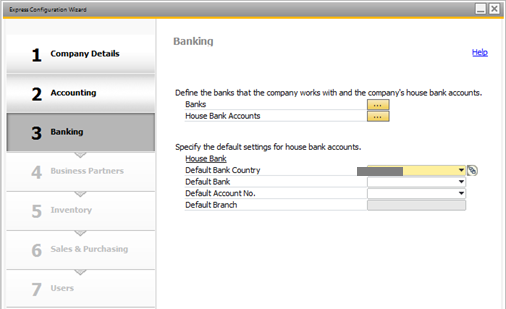
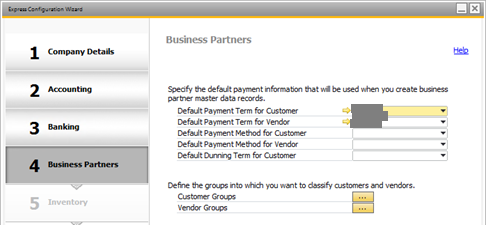
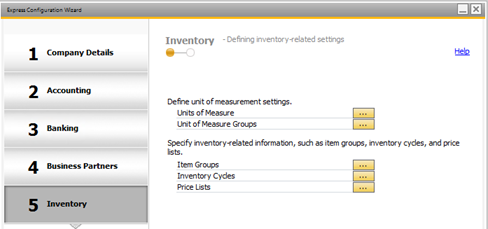
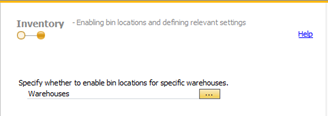
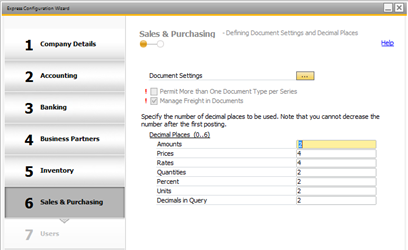
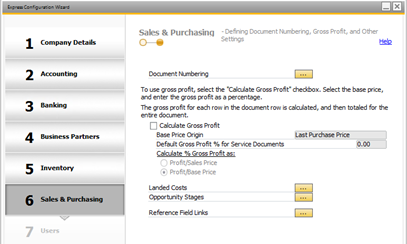
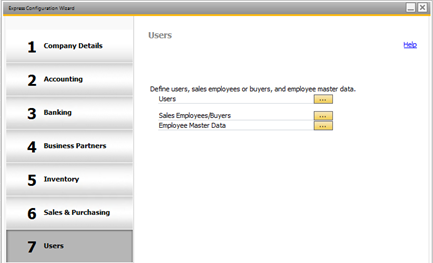

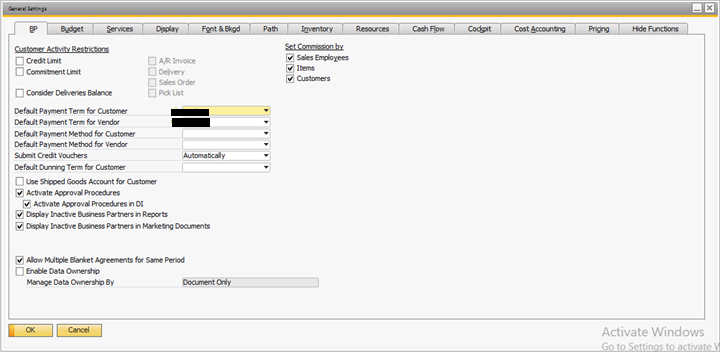

Leave a comment